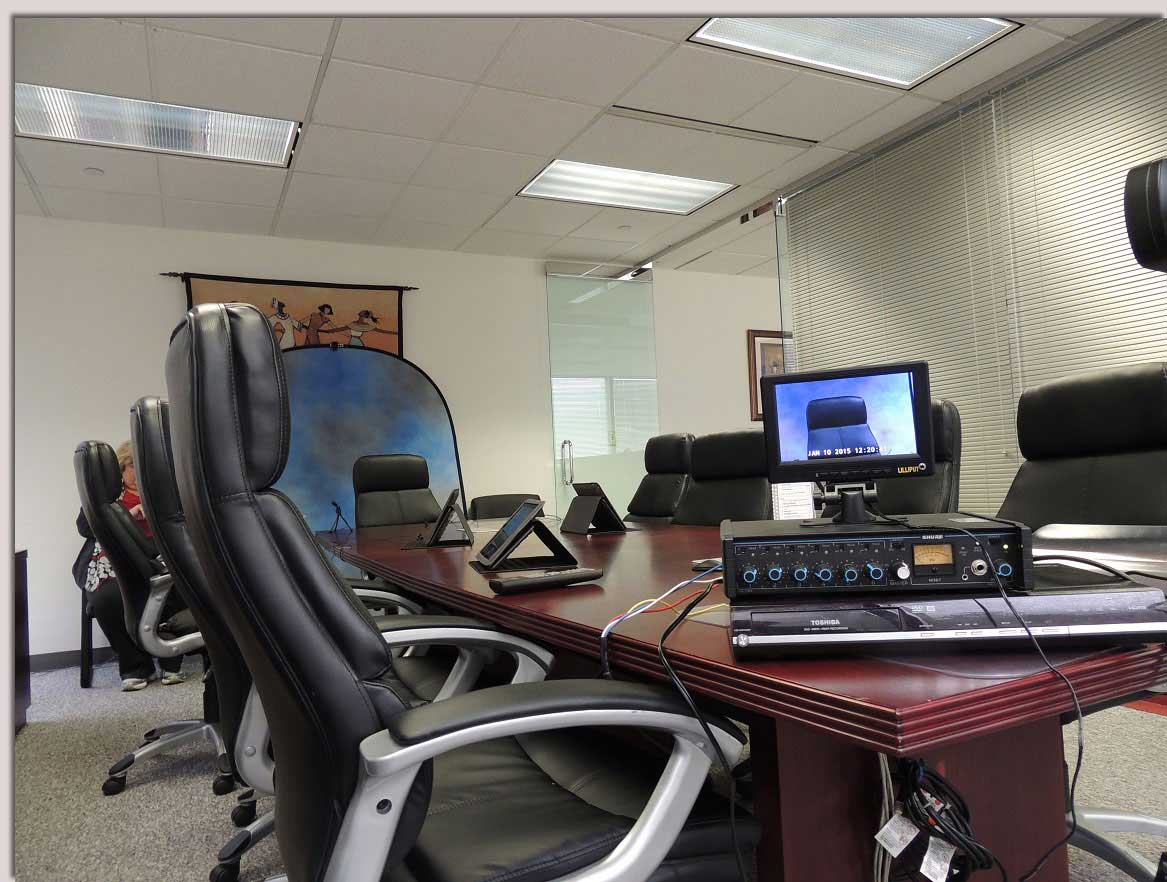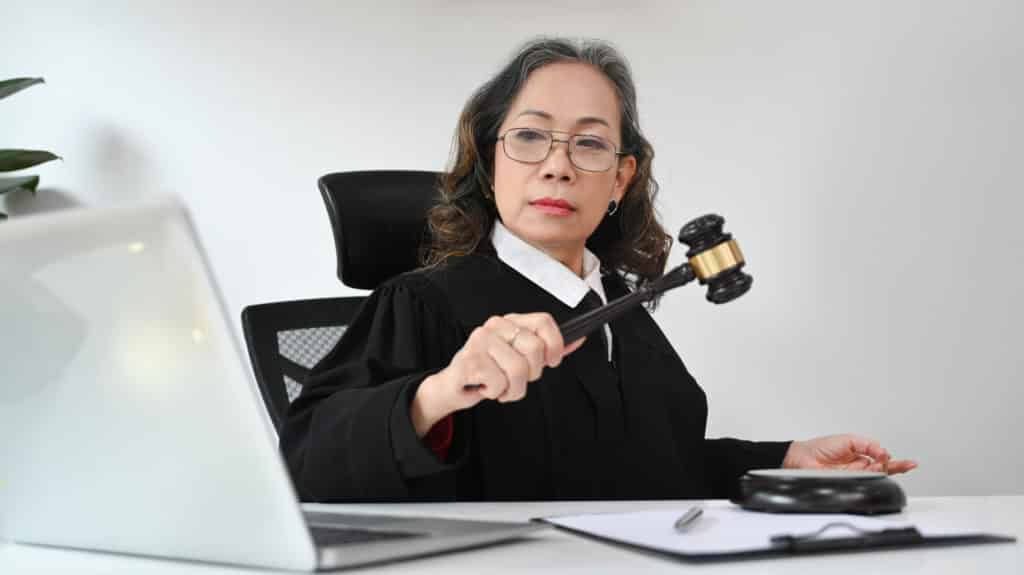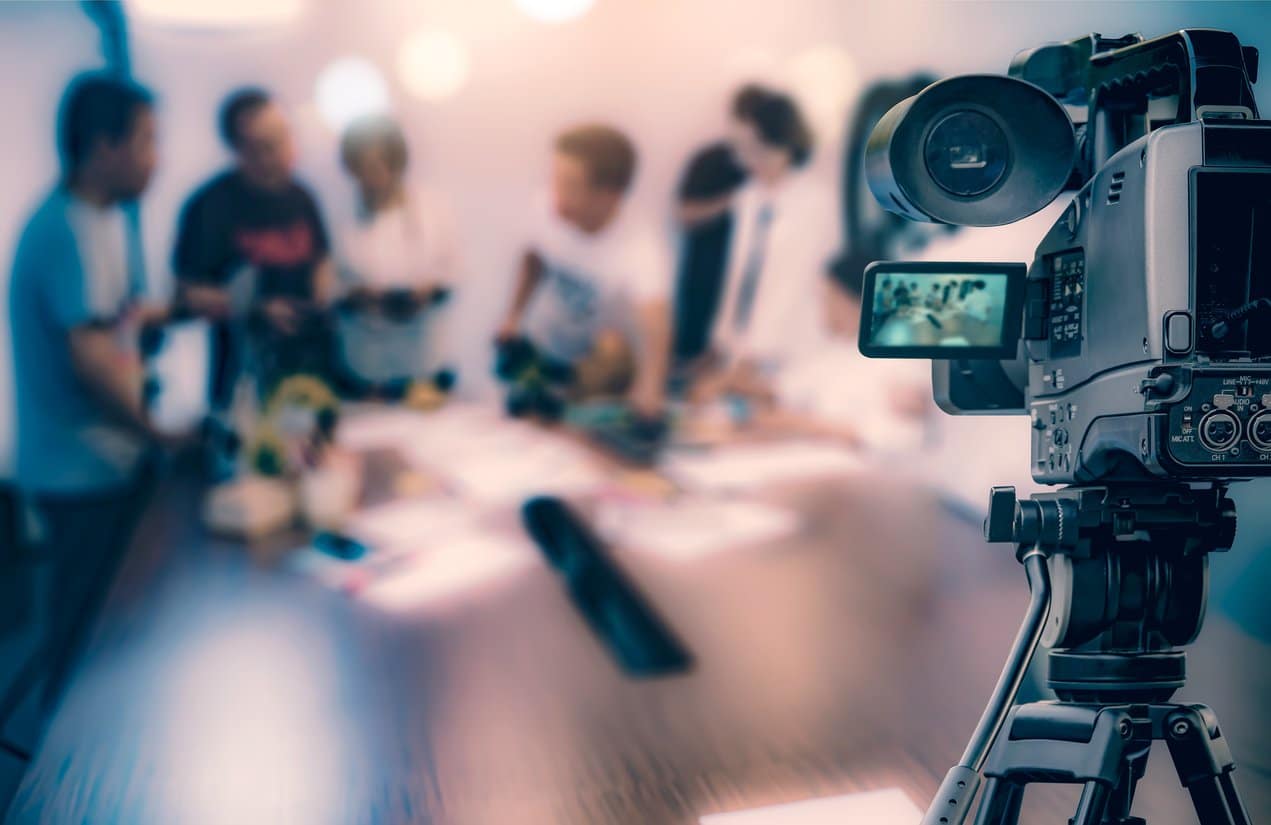The Function of Legal Videography in Modern Legal Proceedings
The Function of Legal Videography in Modern Legal Proceedings
Blog Article
Delving Into the Devices of Lawful Videography: Introduction Its Procedure in Shielding Authentic Visual Statement for Judicial Procedures
In the world of judicial procedures, the role of lawful videography stands as a cornerstone in maintaining and providing visual proof. As innovation continues to advance, the devices behind lawful videography have come to be progressively intricate, supplying a vital layer of credibility to testimonies caught on video.
Historic Advancement of Legal Videography
Checking out the historical progression of lawful videography reveals a considerable improvement in the capturing and discussion of aesthetic evidence within the lawful landscape. In the past, lawful process greatly counted on created transcripts and pictures to record occasions and provide evidence. With the arrival of video innovation, the lawful sector witnessed a paradigm shift in exactly how aesthetic testament was recorded and offered.
The evolution of legal videography can be traced back to the late 20th century when innovations in video clip recording equipment made it more easily accessible for usage in courtrooms. This technological development not only enhanced the accuracy and reliability of visual evidence but likewise reinvented the means cases existed to juries and judges (Legal Videography). Attorneys began to identify the convincing power of video recordings in sharing feelings, subtleties, and non-verbal signs that written photographs or transcripts alone can not capture properly

Modern Technology Advancements in Video Documentation
What key technological developments have transformed video documentation in the lawful area? The lawful field has seen significant developments in video documents modern technology that have actually boosted the credibility and dependability of visual evidence in judicial proceedings. One of the key advancements is high-definition (HD) video recording capabilities, which give crystal-clear photos and sharp details that are important for accurately recording testaments, faces, and other visual cues. Additionally, the combination of timestamping and metadata attributes in video clip documentation devices has actually enabled specific paperwork of when and where the video was videotaped, making certain the stability of the evidence provided in court.
Moreover, improvements in video clip file encryption and watermarking modern technologies have strengthened the safety and security and tamper-proof nature of video clip evidence, protecting it versus unauthorized modifications or meddling. Furthermore, the development of cloud storage space services and remote gain access to capacities has streamlined the storage, access, and sharing of video clip evidence, helping with smooth cooperation among attorneys and ensuring effective accessibility to crucial visual testaments when required. These technological developments in video paperwork have definitely changed the lawful area, improving the precision, reputation, and admissibility of aesthetic proof in judicial process.
Function of Lawful Videographers in Courtroom Settings
The development of video documentation technology in the lawful area has actually demanded a crucial role for legal videographers in courtroom settings, guaranteeing the stability and reliability of visual testimonies presented during judicial procedures. Legal videographers play a fundamental function in recording and protecting precise aesthetic evidence that can be pivotal in litigation. Their obligation encompasses establishing up equipment, videotaping procedures, and generating high-quality video clips that accurately reflect the occasions in the courtroom.
In court settings, lawful videographers should comply with strict standards and standards to maintain the credibility of the visual record. They have to have a keen eye for detail and a detailed understanding of legal procedures to make certain that the video footage they record is a true representation of the occasions that transpired. In addition, lawful videographers typically function closely with lawful groups to ensure that the video evidence lines up with the instance's requirements and can be successfully offered in court to support the legal debates being made. Overall, the role of legal videographers in court room setups is essential in maintaining the concepts of justice and ensuring the transparency of lawful process.

Ensuring Admissibility and Honesty of Video Evidence
To keep the trustworthiness of aesthetic evidence offered in legal procedures, making sure the admissibility and integrity of video clip evidence is an essential obligation for legal videographers. Admissibility describes the acceptance of evidence by the court, and for video clip proof to be admissible, it should meet specific standards. Lawful videographers play an important duty in ensuring that the videos they catch abide by the regulations of proof, such as credibility, importance, and integrity.
Stability of video evidence includes preserving the originality and accuracy of the footage from the time it is tape-recorded till it is presented in court. This includes securely storing the video clip documents, recording the chain of guardianship, and avoiding any tampering or alterations. Legal videographers must abide by rigorous methods to ensure the stability of the video evidence and protect against any kind of difficulties to its authenticity.
Future Trends in Legal Videography
Given the increasing dependence on modern technology in lawful procedures, legal videographers are positioned to accept innovative advancements forming the future of aesthetic statement capture and presentation. Among the famous trends on the horizon is the assimilation of online reality (VIRTUAL REALITY) and increased reality (AR) modern technologies right into lawful videography. These technologies have the potential to revolutionize just how visual evidence exists in court rooms, enabling discretionary to immerse themselves in the scene of the crime or case.
Moreover, using expert system (AI) formulas for video evaluation is expected to simplify the process of reviewing and examining large quantities of video footage. AI can aid in determining vital minutes, abnormalities, and patterns within videos, boosting the effectiveness of lawful investigations.

Final Thought
To learn this here now conclude, lawful videography has played an important role in providing genuine visual proof for judicial proceedings. Via technological advancements and the knowledge of lawful videographers, the integrity and admissibility of video clip evidence are made sure in courtroom settings. As lawful videography remains to progress, it will certainly be vital to promote requirements that maintain the precision and reliability of aesthetic testament for the future of legal process.
Examining the historic development of legal videography exposes a substantial transformation in the catching and discussion of visual evidence within the legal landscape.The advancement of video clip documentation innovation in the lawful area has required a critical role for legal videographers browse around this site in court setups, guaranteeing the honesty and reliability of visual statements provided throughout judicial process. In addition, lawful videographers frequently work very closely with lawful Read Full Article groups to make certain that the video clip proof aligns with the case's requirements and can be efficiently provided in court to sustain the lawful debates being made.To keep the credibility of visual evidence presented in lawful proceedings, ensuring the admissibility and integrity of video proof is a critical responsibility for legal videographers. As lawful videography proceeds to advance, it will certainly be essential to copyright requirements that maintain the accuracy and reliability of visual statement for the future of legal procedures.
Report this page